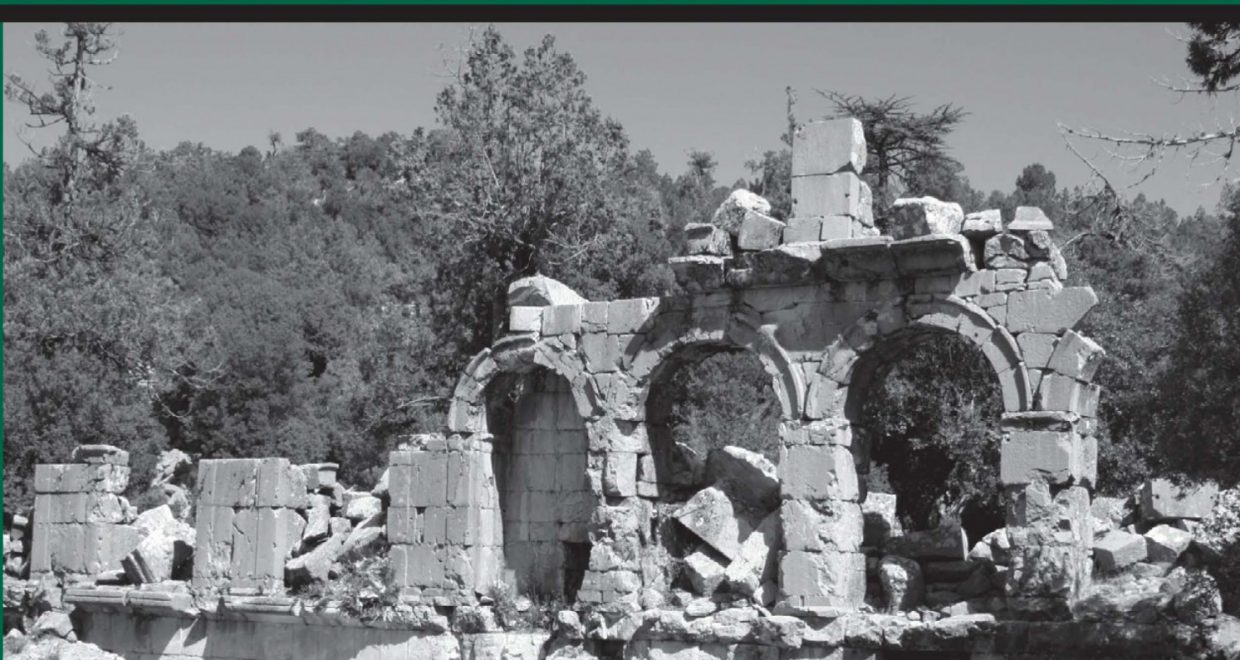Always something new from Anatolian Studies!
Professor Stephen Mitchell, council member of the BIAA, discusses the latest issue of Anatolian Studies.
As a subscriber to Anatolian Studies for forty years, I am a loyal reader and very familiar with the academic literature and specialist studies about the antiquities of Turkey, but by any standards the 2016 volume of the journal must count as one of the best ever. The ten fascinating articles are split evenly between the prehistoric and classical periods, from the Neolithic period to Late Antiquity. On the way, these papers take in the Assyrian merchants at Kültepe, the successor kingdoms of the Hittites, a pictorial source for the battle of Magnesia, the necropolis of a community of Roman quarry-men and their families from northern Phrygia, and Anatolia’s pagan angels.
The first article illustrates the Neolithic habit of building houses directly one on top of another. This underlines the importance of the fixed physical fabric of the house in affirming the essential values of Anatolia’s now settled populations, and also throws light on the depositional history of Turkey’s countless mound settlements. A fascinating article on the Late Bronze Age pottery of western Anatolia, including Mycenaean-style fabrics, goes far beyond ceramic studies to illuminate the common cosmopolitan culture of these Aegean-Anatolian communities. An absolute highlight is a ground-breaking piece on Roman Lycia by Nicholas Milner, which is a masterly demonstration of how detailed work on a building inscription from Oinoanda, combined with intimate detailed knowledge of the site, can be developed to support a major study of a critically important subject, how Lycia became a Roman province in the first century AD. This is a study that has wide implications for understanding the growth of the Roman empire as a whole. For old-timers and new readers alike, here is a collection of first-class pieces to restore one’s faith in archaeology.






